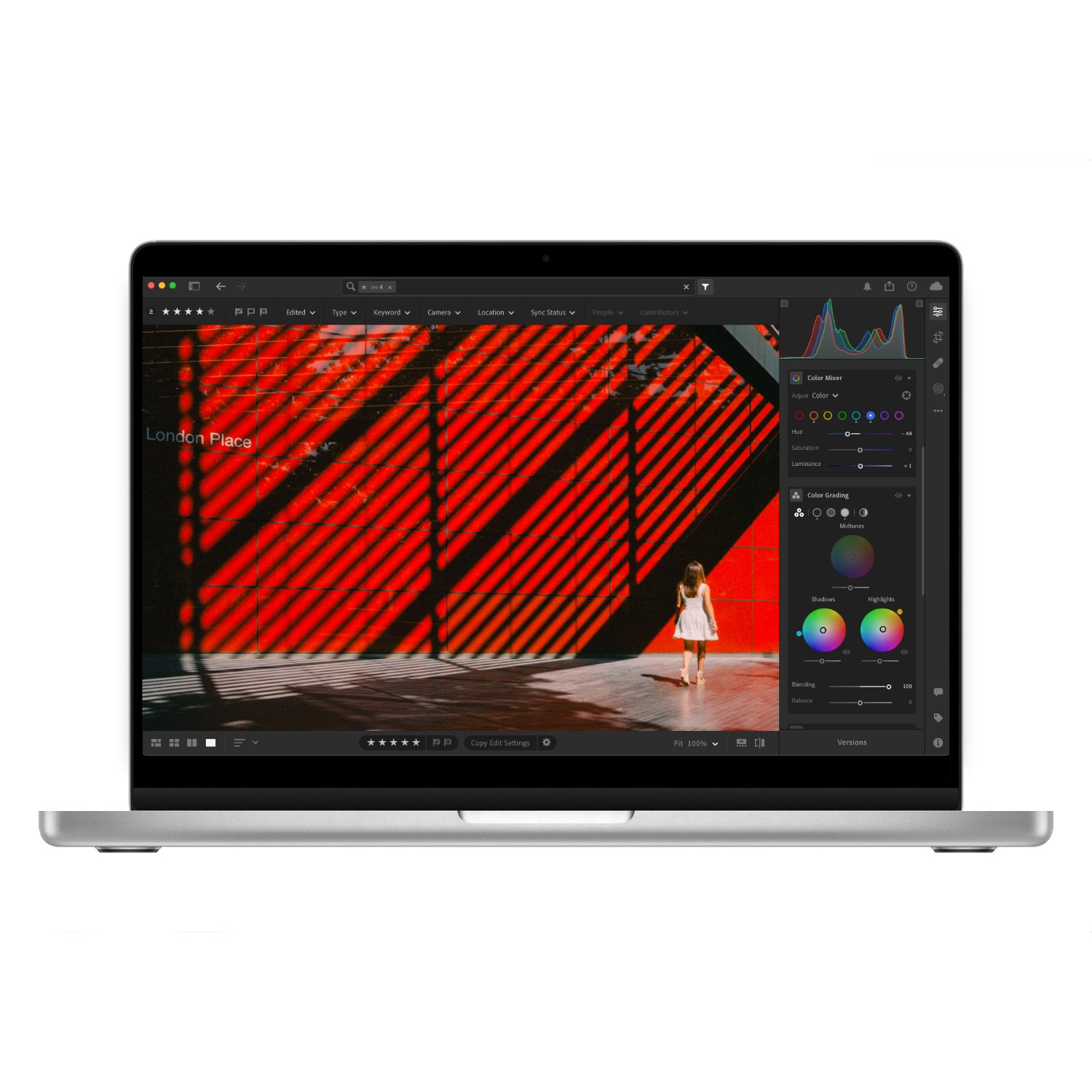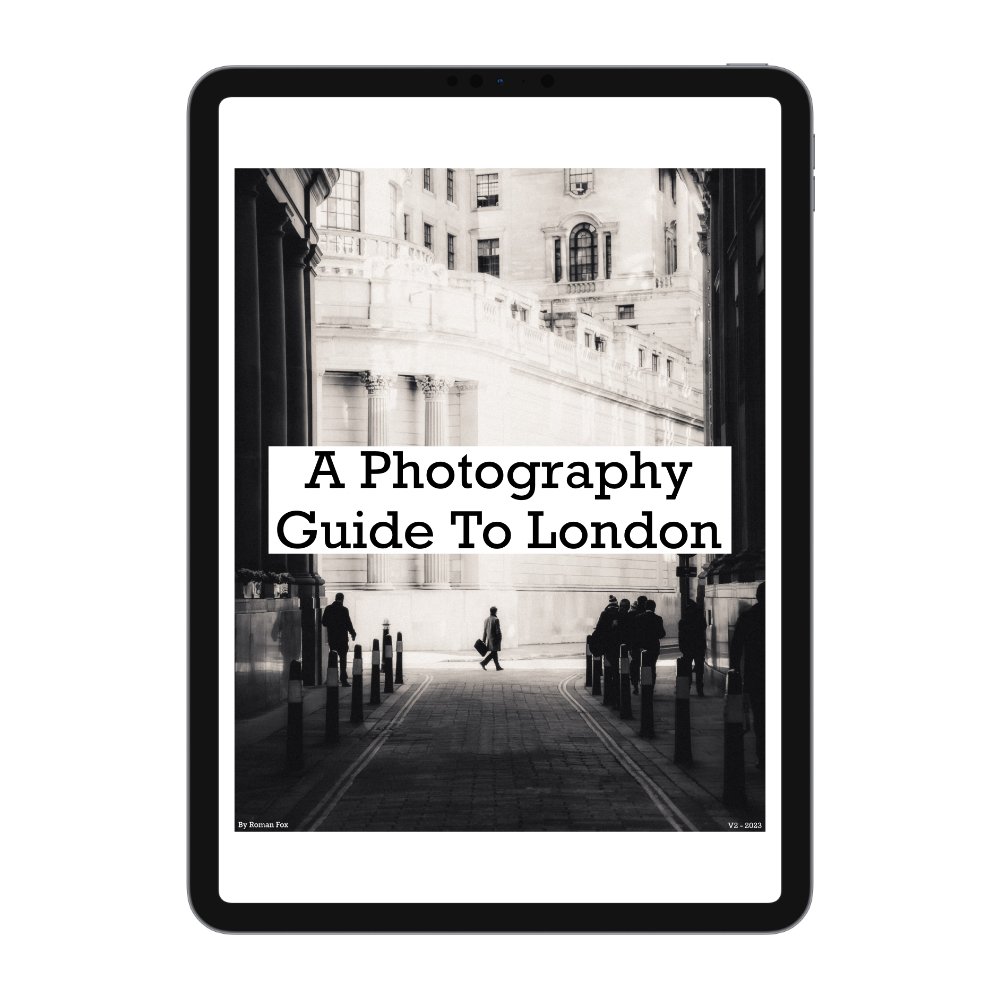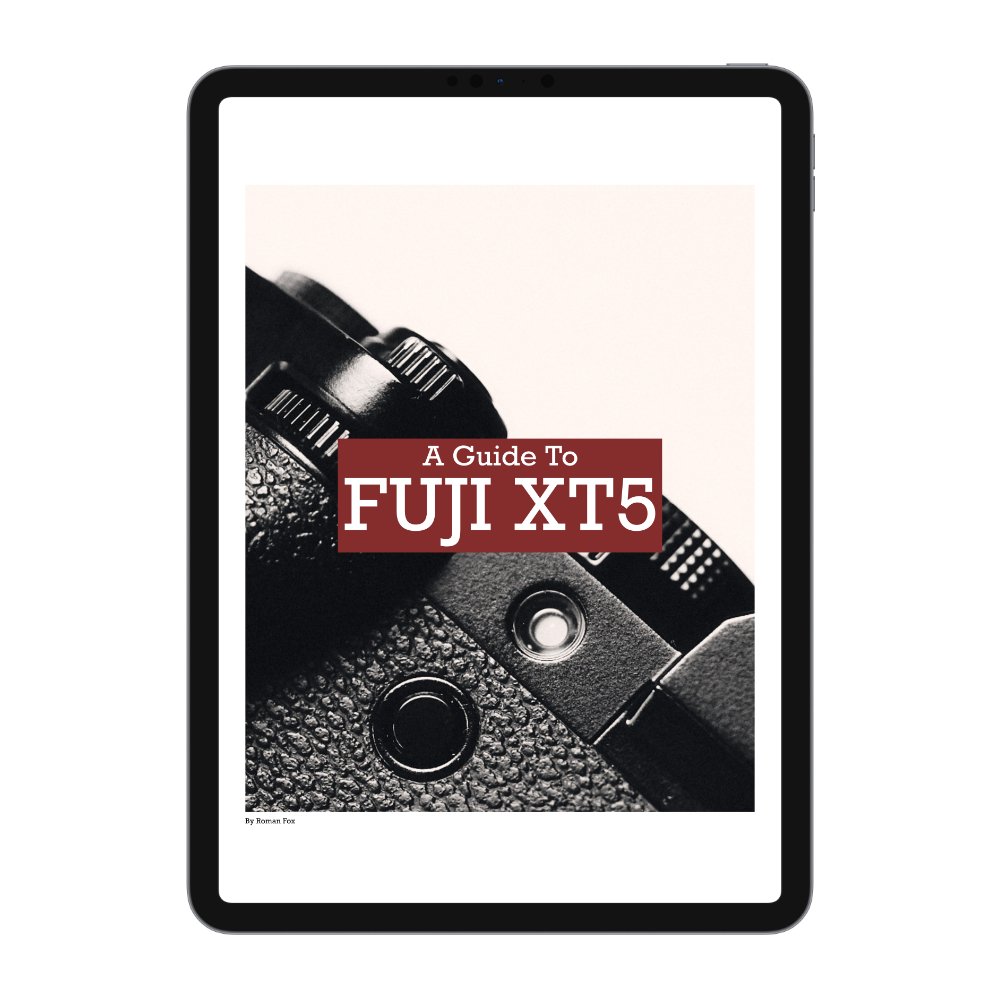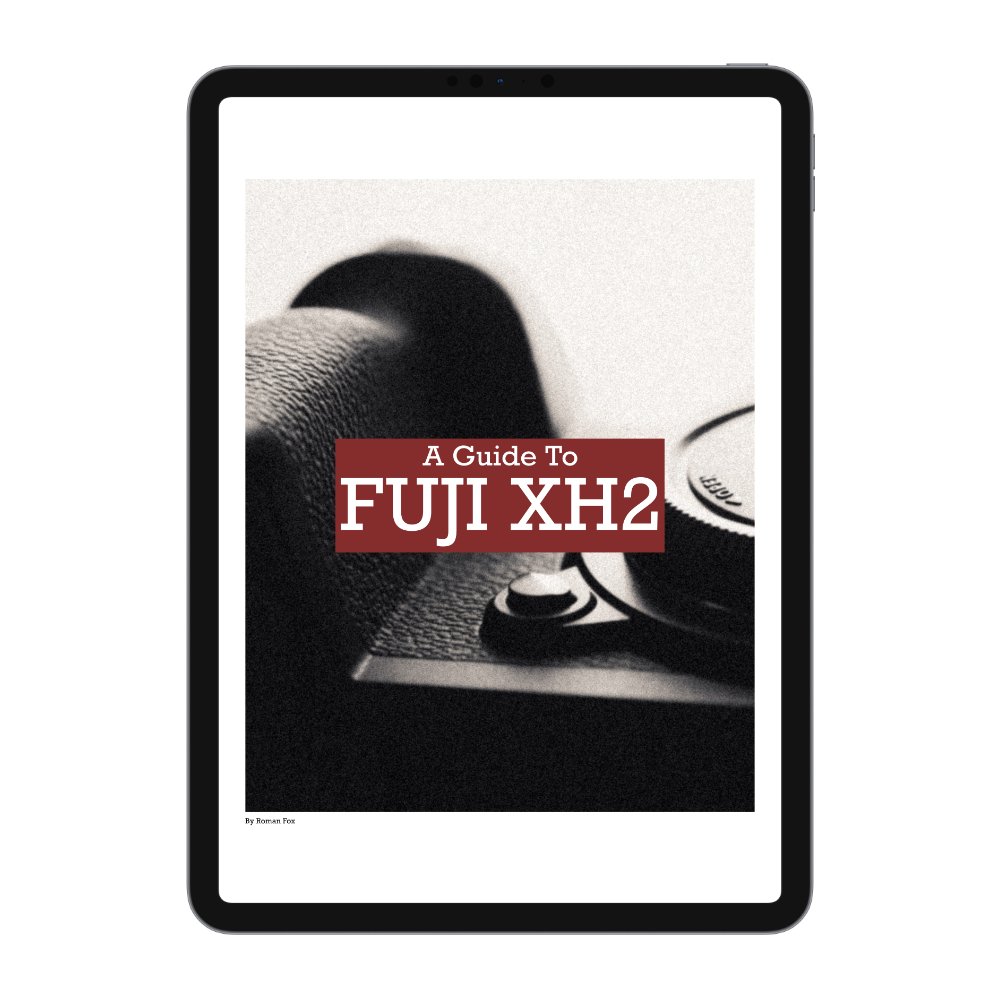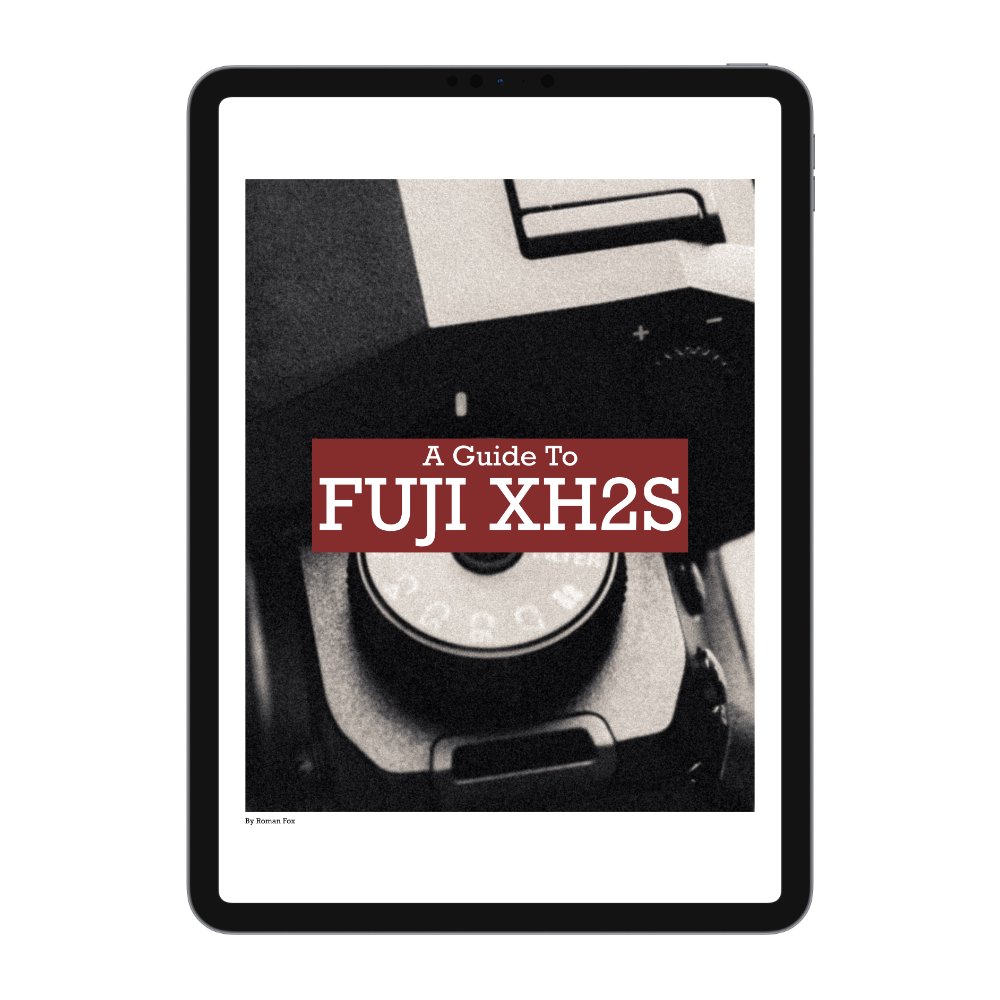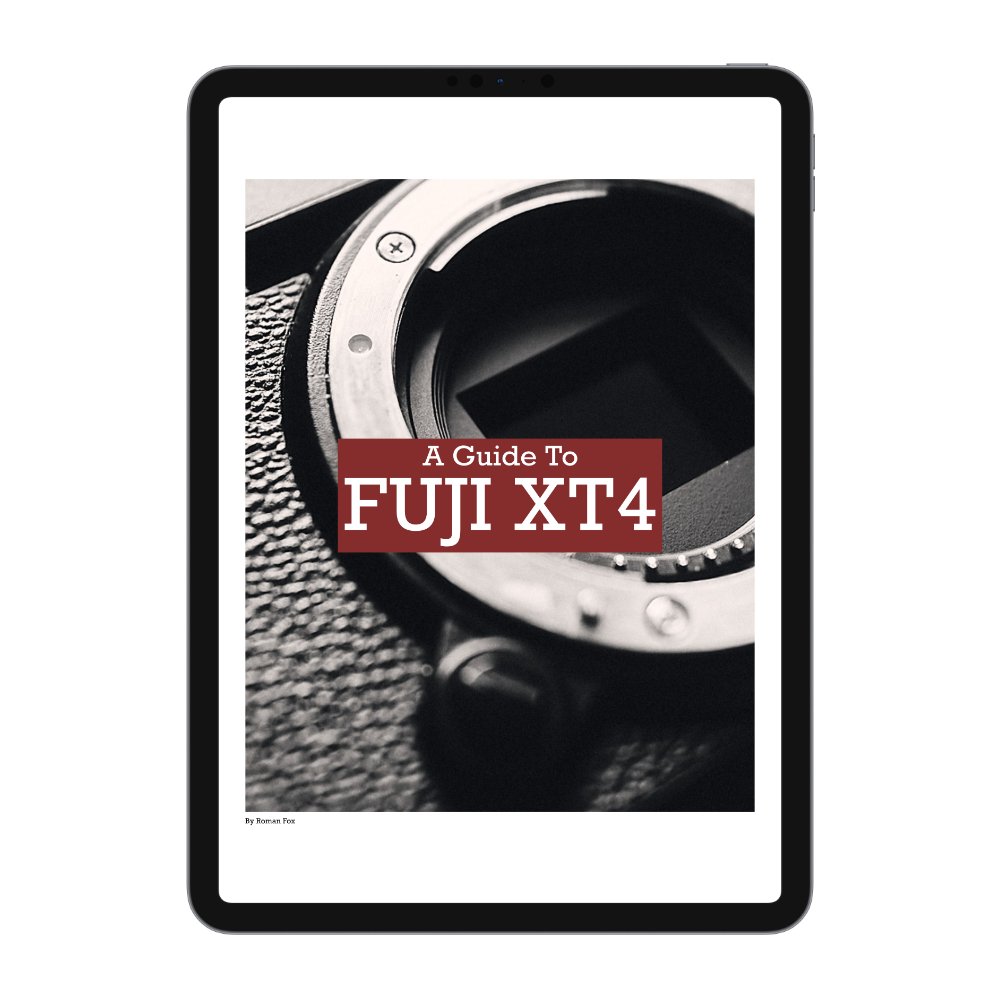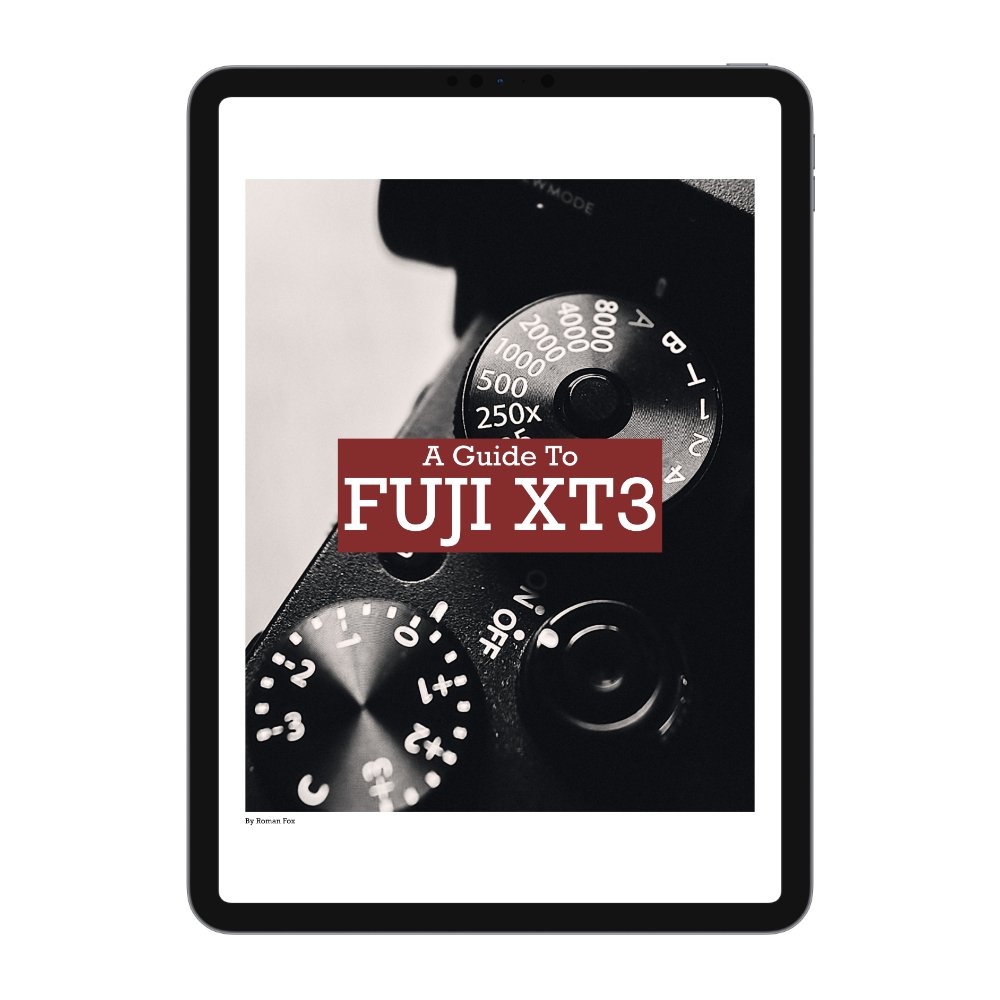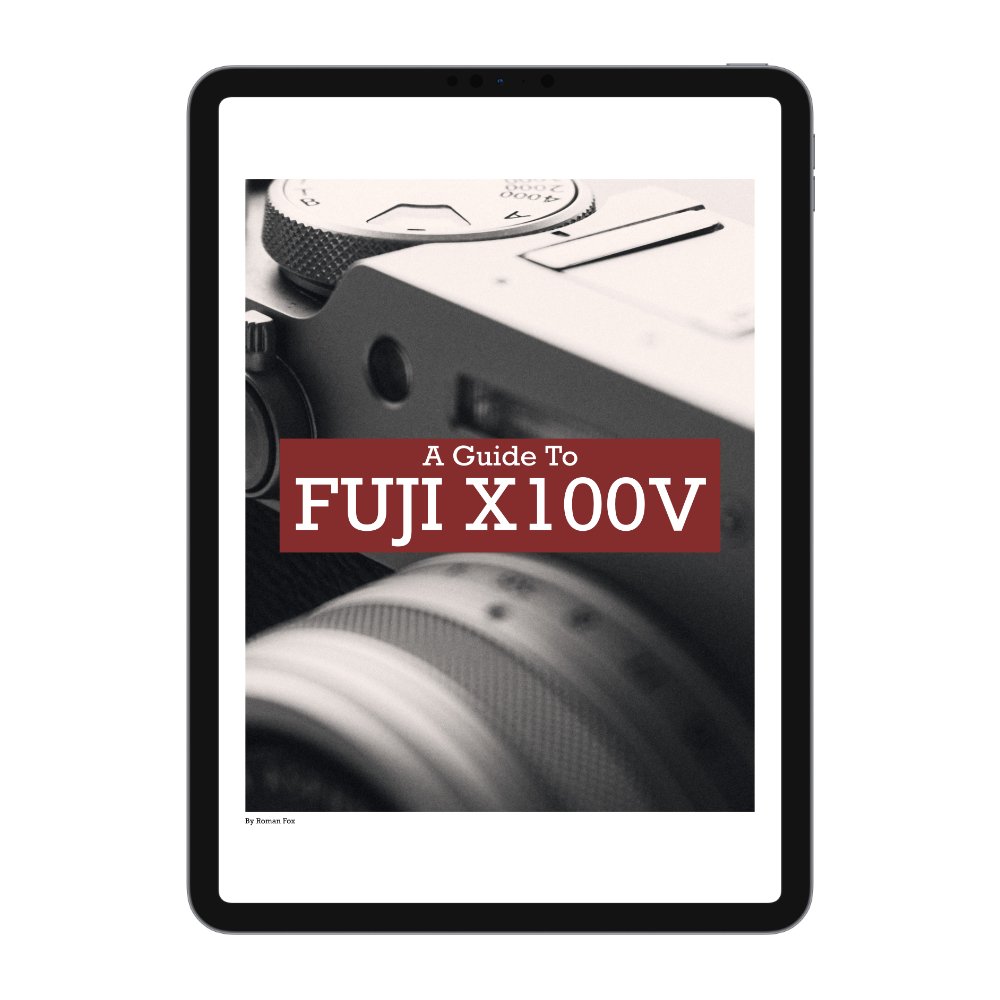Fujifilm Focusing Explained (Photography)
I often get asked about focusing on Fujifilm cameras, so here’s a quick write up on my process. Here I will cover this briefly but for an in-depth tutorial, please see my Fuji camera guides here.
Focus Modes
There are three focus types with a further two focus modes you will use:
AF-S: Single Autofocus, when you half press the shutter, the camera will acquire focus once and that’s it. If you or your subject moves, you will be out of focus again. Good for landscapes, cityscapes, still life, portraits (without movement) and architecture.
AF-C: Continuous Autofocus, when you half press the shutter, the camera will acquire focus and then keep whatever is in the focus box in focus by continuously refocusing to make up for any changes. Good for any scenario where you or your subject are moving such as street photography.
Manual: Full manual focus, great for more control especially when shooting difficult scenes such as fog and reflections.
When you’re using AF-S or AF-C, you will have a choice of different focus modes. There are only two that matter and they are single point and zone.
Single point: This is a small box which is essentially one focus point. You can change the size but I suggest keeping it smaller. This will be the most accurate focusing method, however it will not be the fastest with a risk of focusing on the wrong thing if there’s too much movement. I use it for still life, architecture, portraits and landscapes. It pairs well with AF-S
Zone: This is a small collection of single points. You can also change the size of the zone but I find the smallest one to be the best. The camera will focus on anything within that zone however it will decide what specific focus point to use in the zone. This means a much quicker focus time and less chances of hunting or hesitation. It also means a higher chance of the camera focusing on the wrong thing - within the box. I use this for street photography or any time theres a lot of movement.
Single Point is 100% accuracy but with a higher chance of missing entirely. Zone is 80% accurate but with a high chance of getting that 80%.
Focus Peaking
When I shoot in manual, I switch on focus peaking. Specifically I use Red High because it’s the one that’s the easiest for me to see. For you it might be another colour so experiment.
AFC Custom Setting
This allows you to fine tune how the continuous AF system works. The pictures you see are pretty accurate for what the specific mode is designed for. With that said I always left it in the default first setting.
AF+MF
This is a new addition to my workflow. The camera is in full autofocus however once I’ve acquired focus, I can then use the focus dial on the lens to fine tune it. I started using it because sometimes when shooting reflections, it’s impossible to get the camera to autofocus on what you want.
Changing Focus Point Size
When using single point or zone, you can press the joystick once and then use one of the dials to change the size or shape of the focus point (depending on the camera). Smaller point is more accurate but slower while a bigger area will be less accurate and quicker.
AF-L:
All Fuji cameras will have a feature called AF Lock Only that you can assign to a custom button. When you press this button, the focusing system will lock in whatever state it was in at the time of the press. I use this feature when focusing with AF-C to prevent unexpected hunting or to allow me to focus and recompose without switching focus modes.









